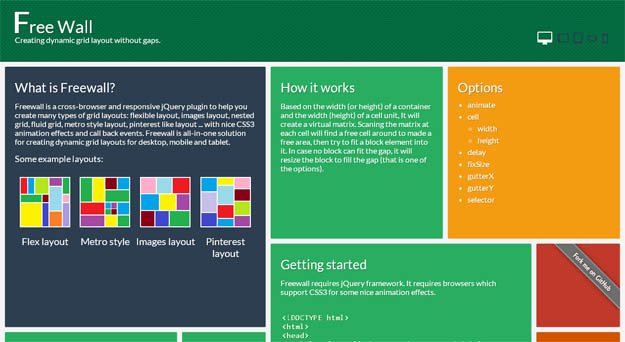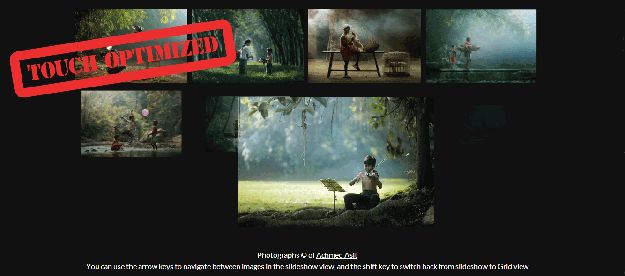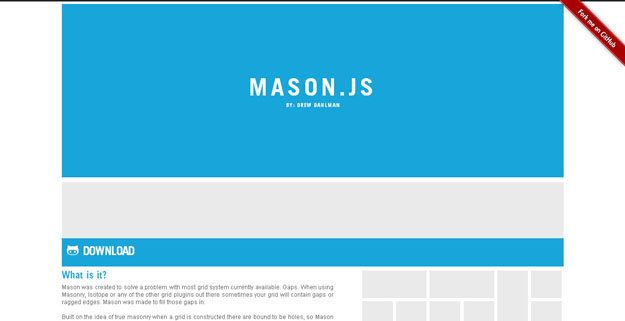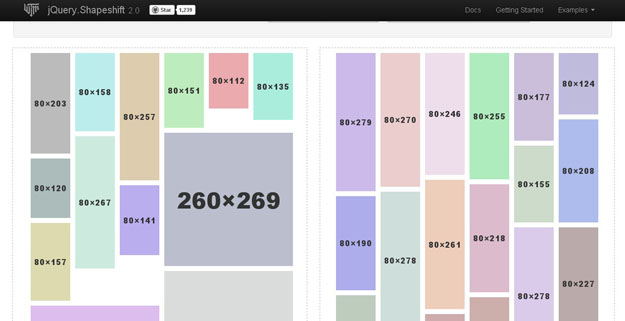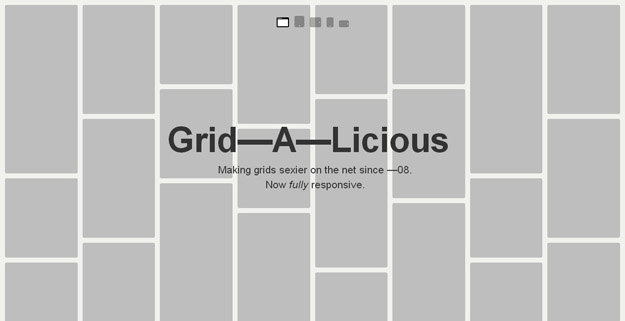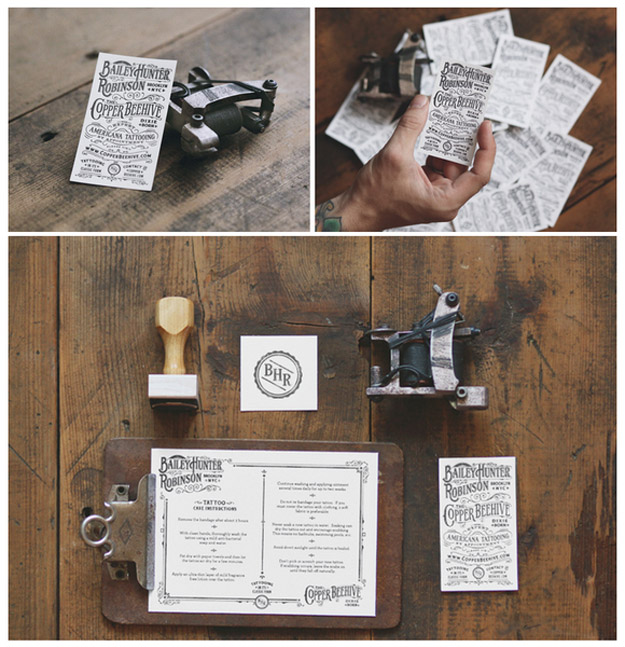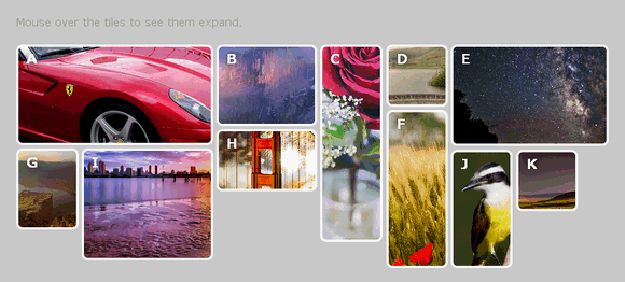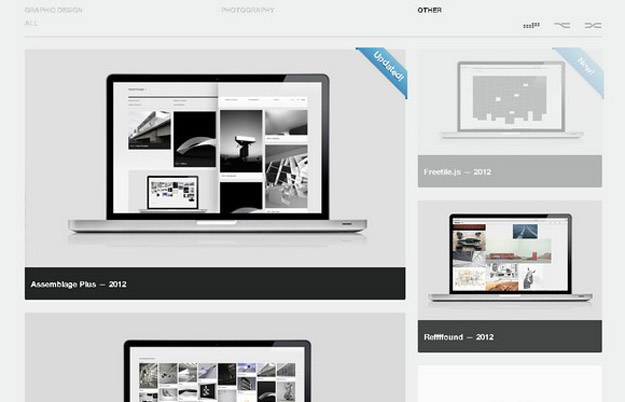In this post we’ve collected the best HTML5 based video player which you can use in your project.
Flow Player
The HTML5 video player for the web. The only completely responsive HTML5 player on the market.

html5media
Enables <video> and <audio> tags in all major browsers. The html5media project is open source and can be found on GitHub.

jPlayer
jPlayer is the completely free and open source (MIT) media library written in JavaScript. A jQuery plugin, (and now a Zepto plugin,) jPlayer allows you to rapidly weave cross platform audio and video into your web pages.

VIDEO.JS
Video.js is a JavaScript and CSS library that makes it easier to work with and build on HTML5 video. This is also known as an HTML5 Video Player.

CodoPlayer
A first-rate HTML5 / FLASH and YOUTUBE web player. Codo Player solves the problem of various browser/platform video support mismatches in order to reach maximum possible audience.

Open Standard Media (OSM) Player
With the onset of HTML5, there is a dramatic paradigm shift in the wake for online media content delivery. For well over 6 years, this industry has been dominated by the proprietary Adobe Flash Player, which has been used to deliver high quality media to audiences far and wide. This reign is coming to a dramatic end as new Open Standard technology takes its place. Yes, HTML5 is here, and we present to you the Open Standard Media (OSM) Player!

FlareVideo HTML5
- HTML5 video with Flash fallback
- Easy CSS/HTML/JS customization and theming
- Full screen support

JW Player
What about skinable open source JW Player, this solution is all about Flash and HTML5 working together as part of a single video player. The player automatically falls back to the Flash or HTML5 mode when needed. This solution supports the major CDNs, YouTube, Adobe’s Flash Media Server, HTTP streaming, major advertising networks, analytics providers, and more. JW Player as well has a range of add-ons to extend the players functionality. By choosing the JW Embedder, it will also provide hosting solutions and mobile support for iPhone, iPad, and devices.

OIPlayer jQuery plugin HTML5 Video Player
OIPlayer attaches itself to all video and/or audio tags it encounters. Besides the general configuration of the plugin itself, it uses for each individual tag the attributes the respective tag has like poster, width, controls, autoplay etc. It support Safari (v4.0+), Google Chrome (v5.0+), Firefox (v3.5+), Internet Explorer (v6.0+) with Flash or Java installed And maybe some untested others with HTML5 support, Flash or Java installed.

MediaElement.js
MediaElement.js is a complete HTML5 audio and video player in pure HTML and CSS. Based on Video for Everybody it uses a custom Flash or Silverlight player that mimics the native HTML5 API for older browsers. MediaElement.js builds a fully skinnable player with features like support for the HTML5 track element, fullscreen video, and even ambilight. Additionally, it includes support for sub-titling and has plugins for WordPress, Drupal, jQuery, and BlogEngine.NET. With MediaElement.js, video controls are doing using HTML /CSS for cross-browser consistency.

HTML5 Video Org
HTML5 is a set of web standards being developed by the Web Hypertext Application Technology Working GroupThe HTML5 standard includes many new features for more dynamic web applications and interfaces. One such component being specified and implemented is the ‘video’ element.Using an HTML5 Javascript Library, your videos can be played back on the latest mobile devices and even on older browsers that require Flash.

Fry Player HTML5 Video
FryPlayer is one of open source and easy to use HTML5 video player. It has a play and pause button, also possible to set volume sound. Ability to skin, buffering, and full screen mode.

Projekktor HTML5 Video Player
Projekktor (pr-jkk-tr) is a free, open source (GPL) HTML5 based video player written in Javascript. It solves cross browser and compatibility issues, adds eye candy and provides extremely powerful non standard features.

OVP for HTML5
Open Video Player (OVP) is an initiative encompassing the use of open standards, best practices, and established development methodologies in the development of media player applications.

Custom video player with jQuery HTML5 CSS3
Building our own custom video player with HTML5 video, JavaScript and CSS3 is fairly easy. By using JavaScript only for the actual functionality of the controls, and CSS3 for everything that involves the look and feel of the player, we get a powerful, easily customizable solution.

LeanBack Player
LeanBack Player is a HTML5 Video Player with multiple supports widely used desktop browsers and mobile devices

'프로그래밍 > Script' 카테고리의 다른 글
| [jQuery] 15 jQuery CSS Plugins to Speed Up Your Coding (0) | 2013.12.16 |
|---|---|
| [javascript] Cheet.js: Easter eggs made easy (0) | 2013.12.16 |
| [Node.js] Object Playground: Visualize and experiment with JavaScript objects (0) | 2013.12.04 |
| [jQuery] ReStable - Responsive tables to list jQuery plugin (0) | 2013.12.03 |
| [jQuery] 15 Best jQuery Grid Plugins for Developers (0) | 2013.12.02 |




